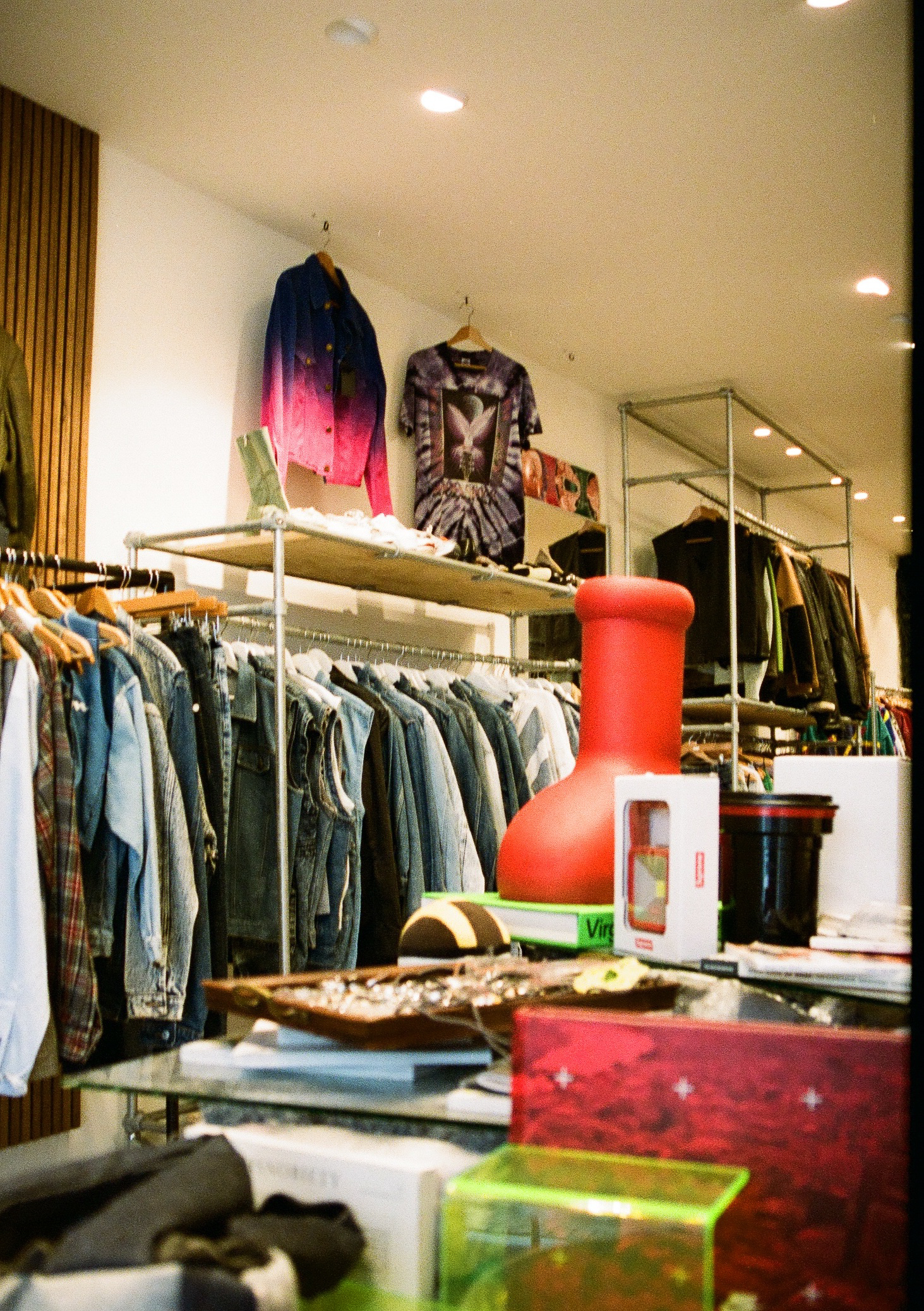Exploring the resurgence of film photography in our digital world and why analog processes still matter in creative expression.
Why Film Still Matters
Digital photography has given us convenience, immediacy, and technical perfection. But in gaining these advantages, we’ve lost something essential: the tactile connection to our craft. Film photography reconnects us with the physical world in ways that digital simply cannot.
Here are a few reasons why film continues to captivate photographers:
-
Intentionality: With only 24 or 36 exposures per roll, every shot matters. This limitation encourages thoughtful composition and patience.
-
Tangibility: Film negatives are physical objects that exist in the world. They can be held, stored, and will survive technological obsolescence.
-
The Element of Surprise: The delay between shooting and seeing your results creates a sense of anticipation that’s largely absent from digital photography.
-
Unique Aesthetic: Each film stock has its own character—colors, grain structure, and tonal response that cannot be perfectly replicated with digital filters.
The Darkroom Experience
The darkroom is where the magic truly happens. There’s something almost alchemical about watching an image slowly appear on a blank piece of paper in the developing tray. This process connects photographers to a tradition that spans generations.
When you develop your first roll of film or make your first darkroom print, you're participating in a ritual that has remained essentially unchanged for decades.
The chemical smell, the red safelight, the sound of running water—these sensory experiences form an integral part of the photographic process that cannot be replicated by adjusting sliders in Lightroom.
Digital Tools for Analog Workflows
Interestingly, many film photographers now use digital tools to complement their analog workflow. Negative scanners, hybrid processes, and digital platforms for sharing work have created a new paradigm where film and digital coexist harmoniously.
The code snippet included in this post demonstrates a simple way to add film grain to digital images using JavaScript—a small example of how digital tools can be used to simulate analog aesthetics.
Conclusion
Film photography isn’t better than digital—it’s different. It offers a distinct approach to image-making that emphasizes process over outcome, experience over efficiency, and tactility over convenience. In our increasingly digital world, these qualities have become more valuable, not less.
Whether you shoot film exclusively or incorporate it into a primarily digital workflow, analog processes offer a meaningful counterpoint to our screen-based existence—a reminder that sometimes the longest path yields the most rewarding journey.
What’s your experience with film photography? Have you tried developing your own film or making darkroom prints? Share your thoughts in the comments below.
The Art of Analog Photography in a Digital Age
In a world dominated by digital technology, there’s something profoundly refreshing about the deliberate slowness of analog photography. Film forces you to slow down, to think carefully about each frame, and to embrace imperfection as part of the creative process.

